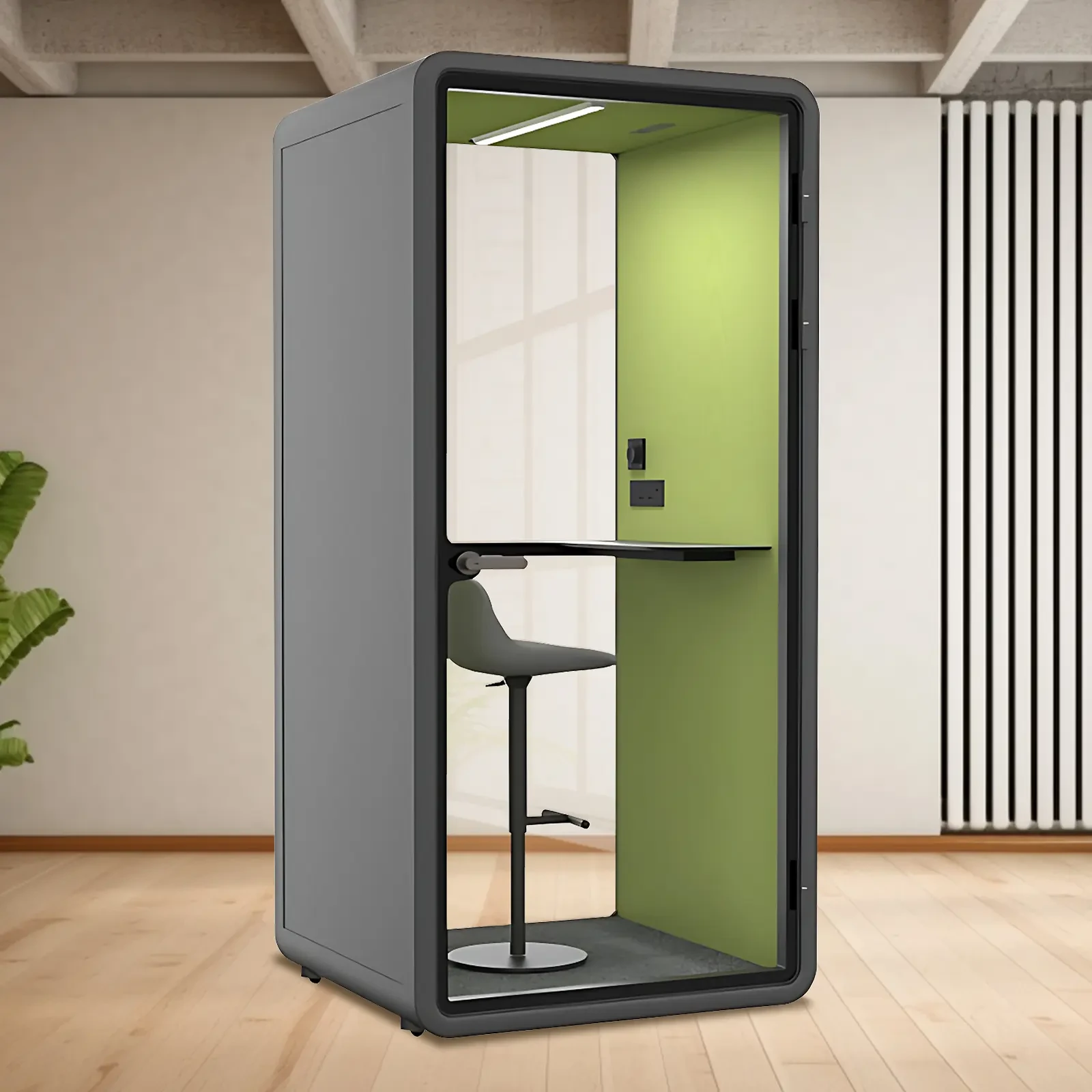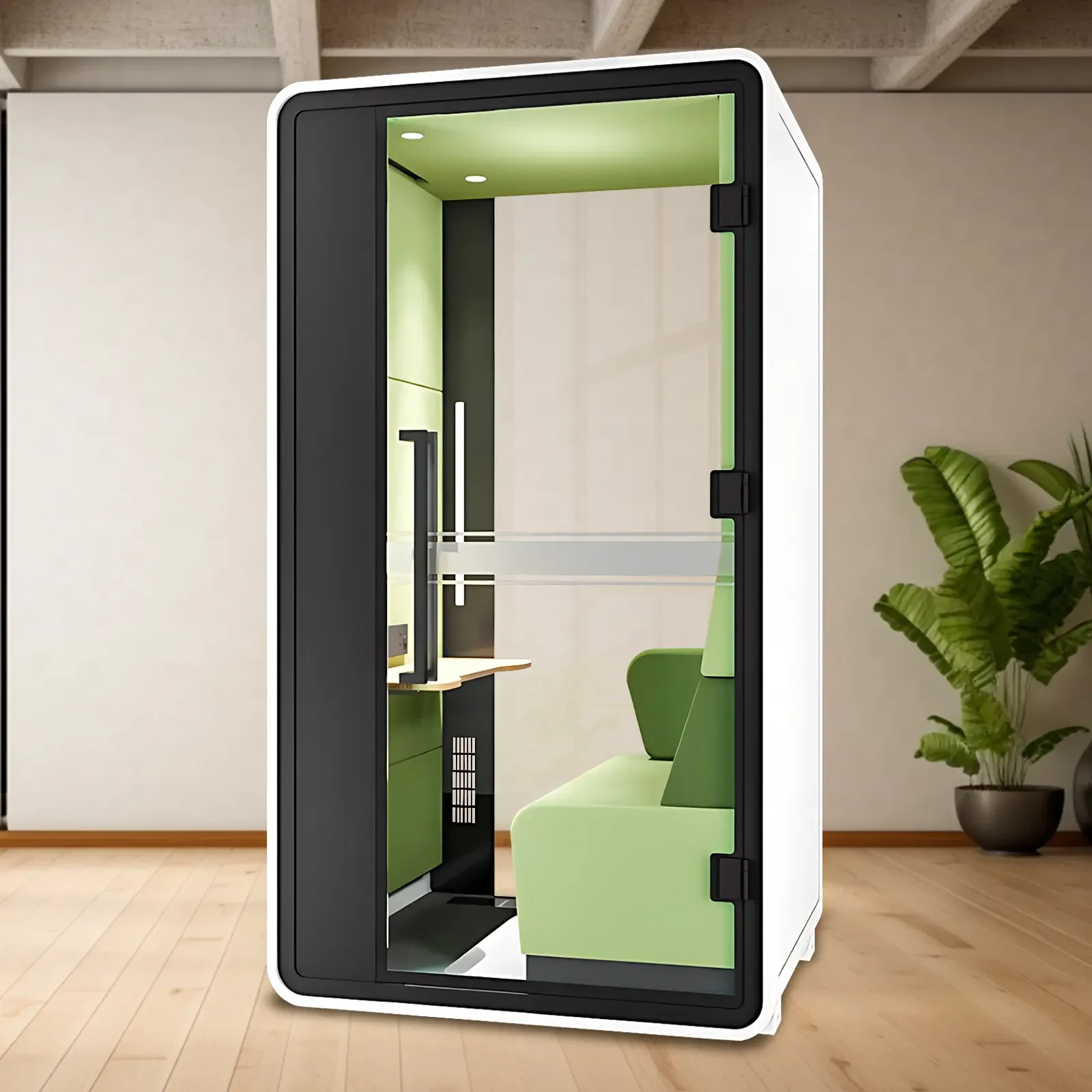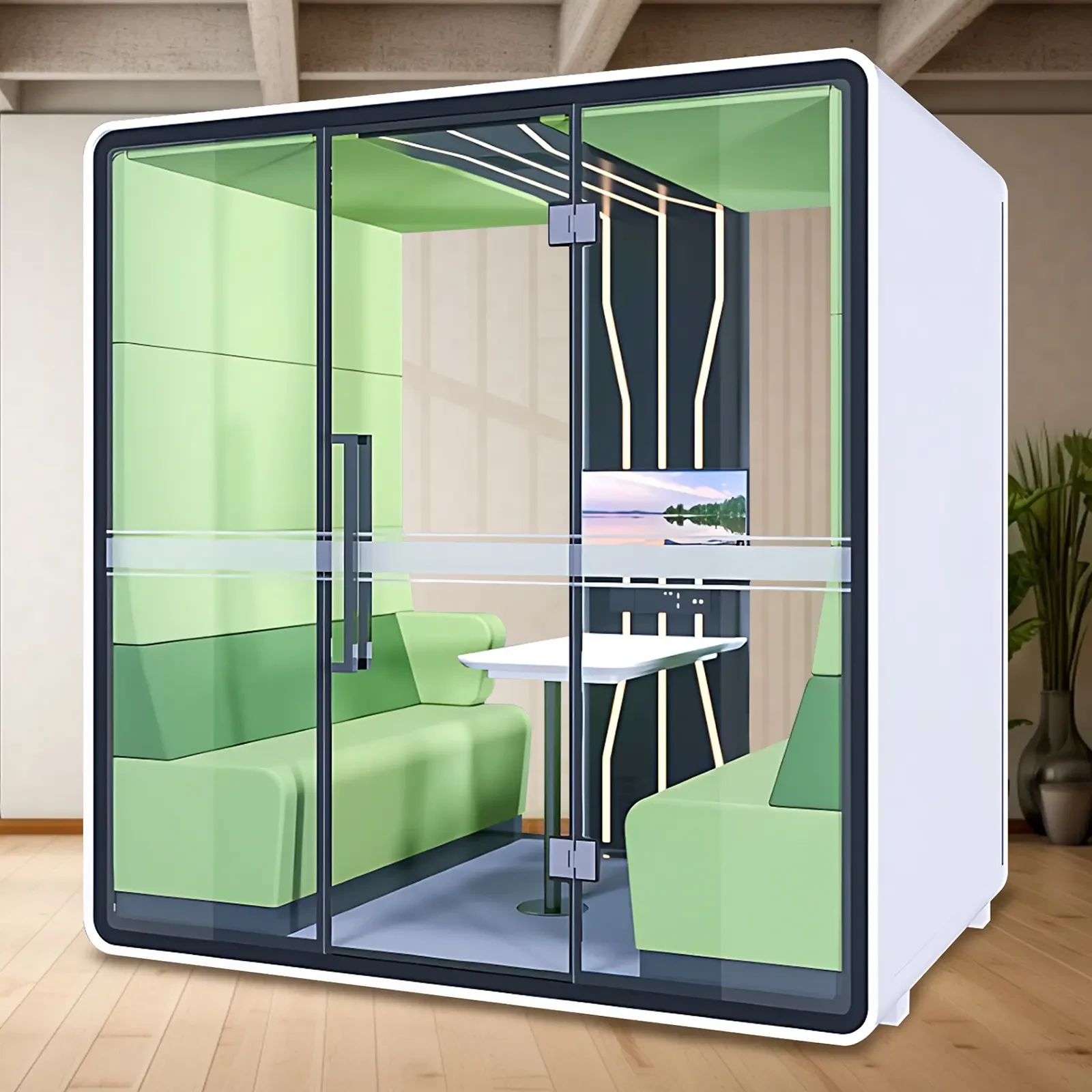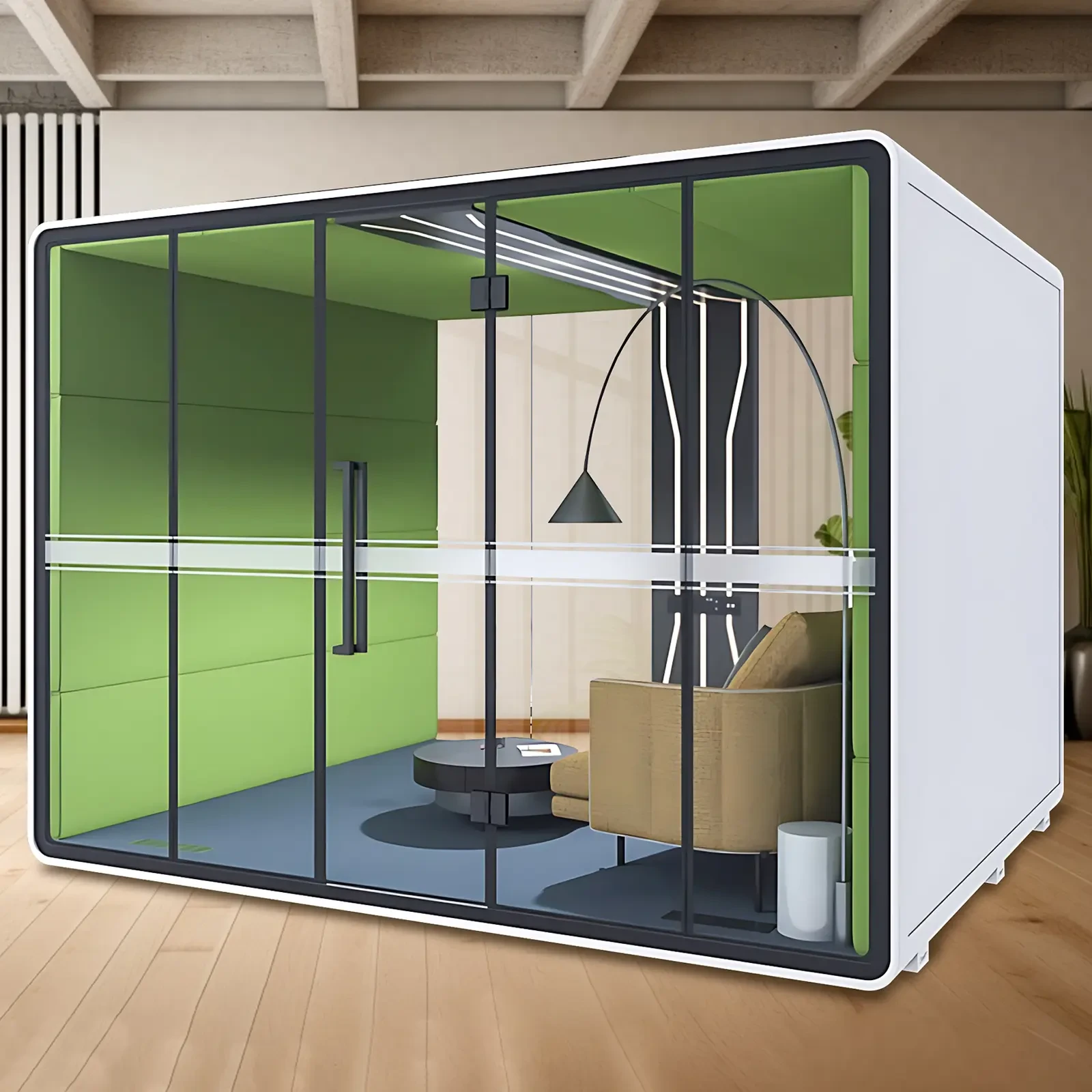A silent cabin's noise reduction effectiveness is affected by ambient noise. Ambient noise refers to various noise sources from the external environment, such as traffic noise, construction site noise, and machinery noise. The following factors influence the noise reduction effectiveness of a silent cabin:
Noise spectrum: Noises of different frequencies have different effects on noise reduction effectiveness. Silent cabins typically absorb and isolate sound energy through the use of sound-absorbing materials and soundproofing structures. Low-frequency noise (such as vehicle engine noise) may require more soundproofing materials and structures to effectively reduce it, while high-frequency noise (such as a sharp human voice) may require more sound-absorbing materials to reduce reflections and echoes.
Noise intensity: Noise intensity refers to the sound level or decibel (dB) of a noise. Higher noise intensity increases the challenge of noise reduction, as stronger sound insulation and absorption are required to combat the high-intensity noise.
Noise type: Different types of noise have different effects on noise reduction effectiveness. Continuous noise (such as traffic noise) is relatively easy to reduce, while intermittent noise (such as cutting machine noise) may require more complex noise reduction technologies and treatments.
Noise Source Location: The distance and direction of the noise source from the silent cabin also affect the noise reduction effect. If the noise source is located near the silent cabin and has a strong directionality, the noise reduction effect may be limited. When designing a silent cabin, the impact of the noise source can be minimized through appropriate location and sound insulation measures.
Sound Insulation and Sound Absorption: The sound insulation and sound absorption performance of a silent cabin are key factors in determining the noise reduction effect. Using high-quality sound insulation materials, appropriate sound insulation structures, and sound absorption devices can minimize the transmission and reflection of ambient noise, thereby improving noise reduction effectiveness.
In summary, the intensity, spectrum, type, and location of ambient noise all affect the noise reduction effect of a silent cabin. When designing and selecting a silent cabin, the characteristics of the ambient noise should be comprehensively considered and appropriate noise reduction technologies and materials should be selected to achieve optimal noise reduction results. Professional acoustic engineers or consulting firms can provide noise reduction solutions and recommendations tailored to specific ambient noise conditions.

 USD
USD
 GBP
GBP
 EUR
EUR






